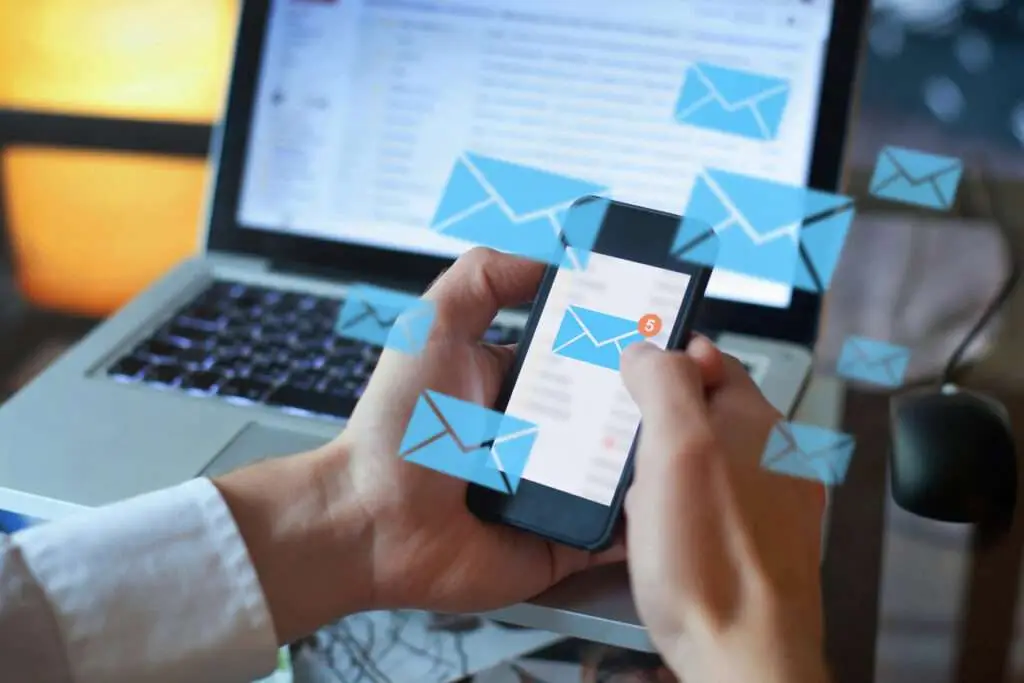
When sending marketing communications to your target audience, it’s important to have an active email list. Active emails are contacts that engage with your content and act on your offers, which leads to greater ROI, increased revenue and overall email marketing success.
Not everyone on your email list will engage with your content or buy from you, and that’s perfectly normal. The average person has a swamped inbox that receives up to 121 daily emails. Often email subscribers become inactive subscribers over time without hitting the unsubscribe button, meaning they stay on your list.
While it’s common to see a portion of your contact list inactive, it’s essential to understand what this means for your marketing efforts and the best practices to ensure you are still getting the best possible engagement and outcomes.
Inactive Subscribers: Who They Are & How They Impact Your Marketing Efforts
We have broken unengaged subscribers into four easily recognizable categories, which include:
The Non-Starter Subscriber
As the name might suggest, these contacts didn’t engage from the get-go. Ideally, these contacts should be removed from the database as soon as possible.
The Lost Interest Subscriber
These are the contacts that opened and engaged with your emails in the past and seemed like they were ready to purchase, but stopped engaging. It’s possible to recapture their interest with a re-engagement campaign or some irresistible offers. If they remain uninterested, it’s probably time to let them go.
Subscribers That Walked Away
These subscribers have opened your emails, engaged with your brand, and even purchased your products or offers over a period but have become inactive. There may be several reasons why this has happened. Given their prior interest, there could be a chance to reawaken their love for your brand, otherwise, remove them from your list. You can try a re-engagement campaign and include a survey to get feedback.
The Lurking Subscriber
These are the subscribers who open your emails but don’t click. They’re engaged but not yet fully in. Lurkers can be tempted by a compelling call to action or try something different such as asking them to subscribe to an event.
Continuing to send emails to lists with a high percentage of inactive subscribers can do several things:
- Email service providers can flag that you are not a reliable source, which can result in emails being automatically sent straight to the promotions folder or even spam folder.
- The email contacts themselves might mark your email as spam, which could also impact email deliverability.
- Your email open rates and clickthrough rates can decrease.
- You are wasting resources marketing to people who will never become leads instead of focusing those resources on contacts who may become leads.

The Importance of Engaged Email Subscribers
On the other hand, engaged contacts are important for successful email marketing campaigns. Strong engagement helps to keep your email metrics high, which in turn helps email deliverability. Our top tip: quality over quantity! While it may be tempting to show that you are marketing to large numbers of contacts, if those people are not engaging with the content you are sending, you are not having the impact you want.
So, what do we need to do, you ask? It’s essential to clean up your email list regularly. This includes removing inactive subscribers to avoid those email bounces, spam complaints, and low engagement rates. A clean email list ensures you reach the right people and maximize your email marketing efforts.
You can also try different strategies to maintain an active email list, such as offering exclusive deals, creating engaging content, segmenting your email list, and personalizing your emails. These tactics can help keep your subscribers interested in your business and engage with your emails.
Conclusion
In summary, the health of your email list is essential for the success of your marketing campaigns.
While unengaged subscribers may hurt your email deliverability and brand perception, it’s important to identify the types of unengaged subscribers and take appropriate action. Deleting inactive subscribers, regularly cleaning up your email list, and trying different engagement strategies can help you maintain an active email list and maximize your email marketing efforts.
For expert help to improve your email contact database and increasing subscriber engagement, contact 4Thought Marketing today.